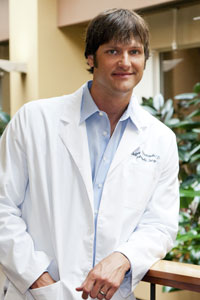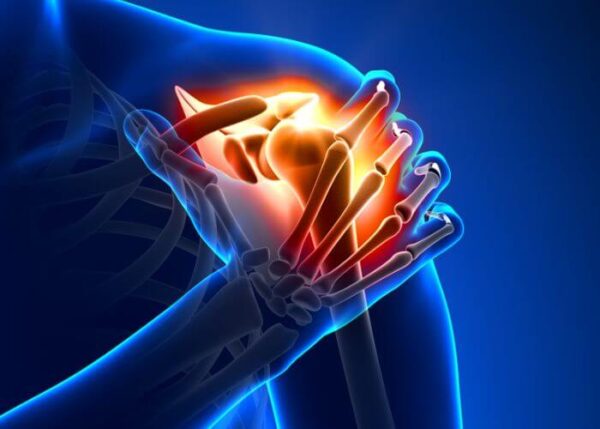Subacromial Decompression Surgeon

Are you an athlete who participates in sports that involve throwing overhead? If so, you may be at risk of developing subacromial impingement. Subacromial decompression surgeon, Dr. Jeff Padalecki provides diagnosis and both surgical and nonsurgical treatment options for patients in Austin who have developed subacromial impingement. Contact Dr. Padalecki’s team today!
What is Subacromial Decompression?
Patients that experience shoulder pain and shoulder weakness due to bursitis may be candidates for an arthroscopic shoulder surgery known as subacromial decompression. Bursitis and shoulder impingement can lead to pain, disability, and tears of the rotator cuff. The rotator cuff is a group of four muscles that are integral for shoulder function. These muscles arise from the shoulder blade and attach to the humerus. As the muscles travel to attach onto the humerus, they travel underneath a portion of the scapula known as the acromium. In some instances, the bursal tissue located in this region can become irritated and inflamed, also known as bursitis. Additionally, as changes occur with age and use of the shoulder, the acromium may cause impingement on the rotator cuff. Dr. Jeff Padalecki, orthopedic shoulder surgeon, serving patients in Austin, Round Rock, and Cedar Park, Texas communities can help patients suffering from bursitis and impingement get back to the activities they love with the use of a minimally invasive procedure.

How is a Subacromial Decompression Done?
If conservative treatments fail to work, arthroscopic shoulder surgery may be prescribed. Subacromial decompression is designed to remove the inflamed bursa from the acromium is known as a subacromial decompression. Using arthroscopic instruments, Dr. Padalecki will make a small incision in the shoulder and the inflamed portion of the bursa and degenerative portions of the acromium, which are causing the impingement, are removed. Depending on the injury, if bone spurs exist, they will also be removed.
What Happens After Subacromial Decompression Surgery?
Following subacromial decompression shoulder surgery, patients will be prescribed a physical therapy program. Initially after surgery, they will wear a sling, but will begin active movement of the shoulder pretty quickly. If only a subacromial decompression is performed, range of motion can begin immediately after surgery and a full recovery can be anticipated at approximately 2 months. Most patients are able to return to their previous activities without pain.
For additional information on the arthroscopic shoulder surgery known as subacromial decompression, please contact the office of Dr. Jeff Padalecki, orthopedic shoulder surgeon in Austin, Texas.